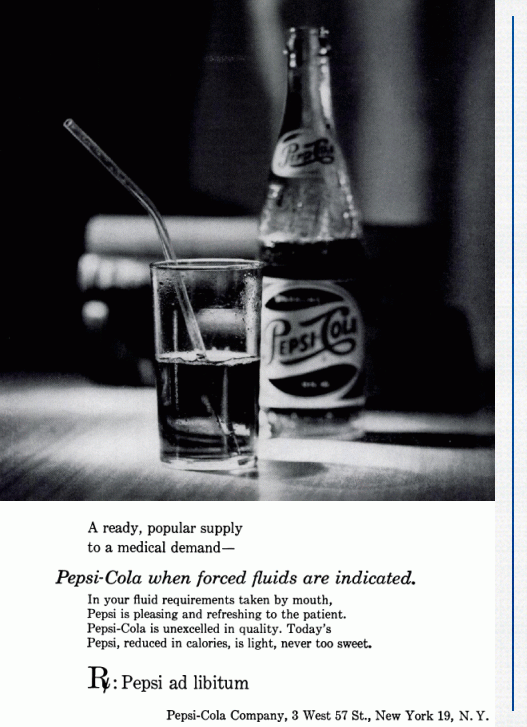
End the Lie Radio with Madison Ruppert - Episode 11
via Dove Press:
Antidepressant-induced akathisia-related homicides associated with diminishing mutations in metabolizing genes of the CYP450 family
Authors: Lucire Y, Crotty C
Published Date August 2011 Volume 2011:4 Pages 65 - 81
DOI: http://dx.doi.org/10.2147/PGPM.S17445
Yolande Lucire, Christopher Crotty
Edgecliff Centre, Edgecliff, NSW, Australia
Purpose: To examine the relation between variant alleles in 3 CYP450 genes (CYP2D6, CYP2C9 and CYP2C19), interacting drugs and akathisia in subjects referred to a forensic psychiatry practice in Sydney, Australia.
Patients and methods: This paper concerns 10/129 subjects who had been referred to the first author’s practice for expert opinion or treatment. More than 120 subjects were diagnosed with akathisia/serotonin toxicity after taking psychiatric medication that had been prescribed for psychosocial distress. They were tested for variant alleles in CYP450 genes, which play a major role in Phase I metabolism of all antidepressant and many other medications. Eight had committed homicide and many more became extremely violent while on antidepressants. Ten representative case histories involving serious violence are presented in detail.
Results: Variant CYP450 allele frequencies were higher in akathisia subjects compared with random primary care patients tested at the same facility. Ten subjects described in detail had variant alleles for one or more of their tested CYP450 genes. All but two were also on interacting drugs, herbals or illicit substances, impairing metabolism further. All those described were able to stop taking antidepressants and return to their previously normal personalities.
Conclusion: The personal, medical, and legal problems arising from overuse of antidepressant medications and resulting toxicity raise the question: how can such toxicity events be understood and prevented? The authors suggest that the key lies in understanding the interplay between the subject’s CYP450 genotype, substrate drugs and doses, co-prescribed inhibitors and inducers and the age of the subject. The results presented here concerning a sample of persons given antidepressants for psychosocial distress demonstrate the extent to which the psychopharmacology industry has expanded its influence beyond its ability to cure. The roles of both regulatory agencies and drug safety “pharmacovigilantes” in ensuring quality and transparency of industry information is highlighted.
Keywords: adverse drug reaction, drug therapy, safety pharmacogenetics, CYP1A2, CYP3A4 CYP2D6, CYP2C9, CYP2C19, drug metabolism, public health, suicide, violence, human rights
Edgecliff Centre, Edgecliff, NSW, Australia
Purpose: To examine the relation between variant alleles in 3 CYP450 genes (CYP2D6, CYP2C9 and CYP2C19), interacting drugs and akathisia in subjects referred to a forensic psychiatry practice in Sydney, Australia.
Patients and methods: This paper concerns 10/129 subjects who had been referred to the first author’s practice for expert opinion or treatment. More than 120 subjects were diagnosed with akathisia/serotonin toxicity after taking psychiatric medication that had been prescribed for psychosocial distress. They were tested for variant alleles in CYP450 genes, which play a major role in Phase I metabolism of all antidepressant and many other medications. Eight had committed homicide and many more became extremely violent while on antidepressants. Ten representative case histories involving serious violence are presented in detail.
Results: Variant CYP450 allele frequencies were higher in akathisia subjects compared with random primary care patients tested at the same facility. Ten subjects described in detail had variant alleles for one or more of their tested CYP450 genes. All but two were also on interacting drugs, herbals or illicit substances, impairing metabolism further. All those described were able to stop taking antidepressants and return to their previously normal personalities.
Conclusion: The personal, medical, and legal problems arising from overuse of antidepressant medications and resulting toxicity raise the question: how can such toxicity events be understood and prevented? The authors suggest that the key lies in understanding the interplay between the subject’s CYP450 genotype, substrate drugs and doses, co-prescribed inhibitors and inducers and the age of the subject. The results presented here concerning a sample of persons given antidepressants for psychosocial distress demonstrate the extent to which the psychopharmacology industry has expanded its influence beyond its ability to cure. The roles of both regulatory agencies and drug safety “pharmacovigilantes” in ensuring quality and transparency of industry information is highlighted.
Keywords: adverse drug reaction, drug therapy, safety pharmacogenetics, CYP1A2, CYP3A4 CYP2D6, CYP2C9, CYP2C19, drug metabolism, public health, suicide, violence, human rights
Download entire article PDF from Dove Press
Pepsi Advertisement found at Bonkers Institute

No comments:
Post a Comment